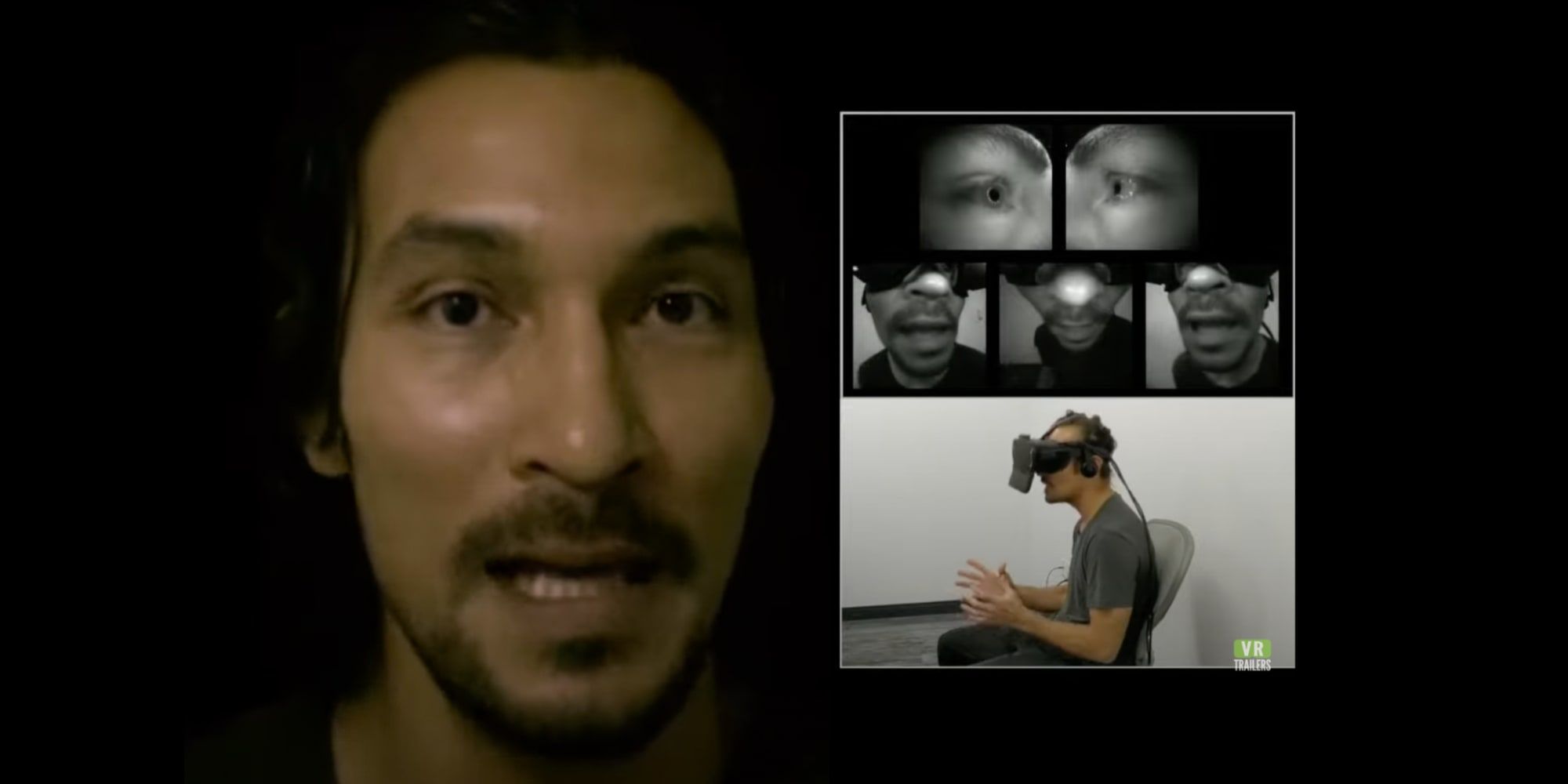Meta’s future plans for enhanced VR avatars are progressing at a fast pace and already look scarily real, as revealed in a recent research conference on virtual reality. The event focused on virtual beings, which could include avatars for real people or for artificial intelligence creations. With such lifelike faces being possible with real-time animation, the line between actual and computer-generated realities will eventually begin to blur.
Video game technology has taken the lead in creating virtual beings and great progress has been made. While many of these detailed scenes are pre-rendered, CGI is increasingly being used in action and superhero movies and pushes the limit of how realistic this imagery can be. Advanced face swapping and animation is even possible on an iPhone and Android phone with several new apps, although, some processing is done in the cloud.
Meta is doing a massive amount of research into AR and VR technologies and much of this is happening behind the scenes in its laboratories. A glimpse of what is coming in the future was revealed in a recent YouTube video posted by VR Trailers & Clips, which was excerpted from a conference hosted by MIT Media Lab & NTT DATA. The video shows how a future VR headset with eye and face tracking capabilities will be able to animate a realistic recreation of a person’s face in the Metaverse, allowing them to ‘transport’ to any location in the world.
When Will Meta’s New Avatars Launch?

Meta explained the technology behind these super-realistic avatars can now be accomplished using 7-nanometer mobile chip technology, which is not challenging to produce, and 3-nanometer manufacturing is already nearing production. This big breakthrough in high-speed analysis and rendering means this capability could become available in VR products soon, possibly beginning with Meta’s Project Cambria headset, which is expected to be announced this year.
While head-mounted AR and VR products are not currently in use as frequently as most modern technology, advances like these could help to make the experience more inviting. The ability to spend time with family, friends, and colleagues remotely in a simulated, shared environment is intriguing but not compelling enough in the present form. If non-verbal communication is added by accurately recreating facial expressions, that could be the final step in making virtual meetings a worthwhile replacement for video chats. Meta’s ongoing work and determination just might pay off with these kinds of breakthroughs.





